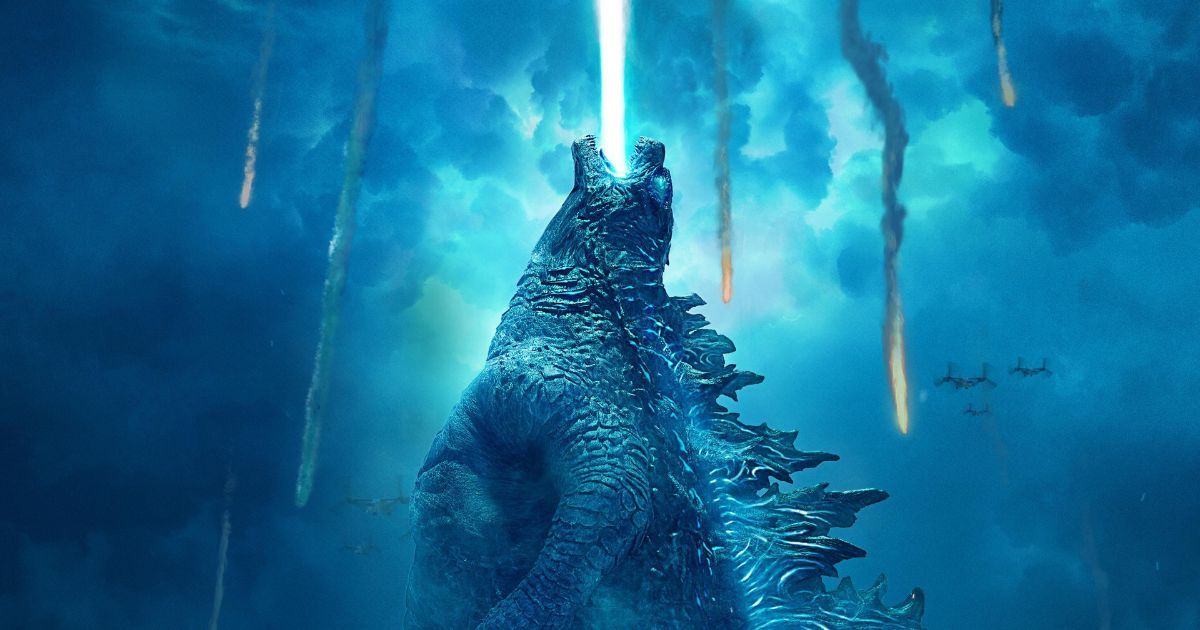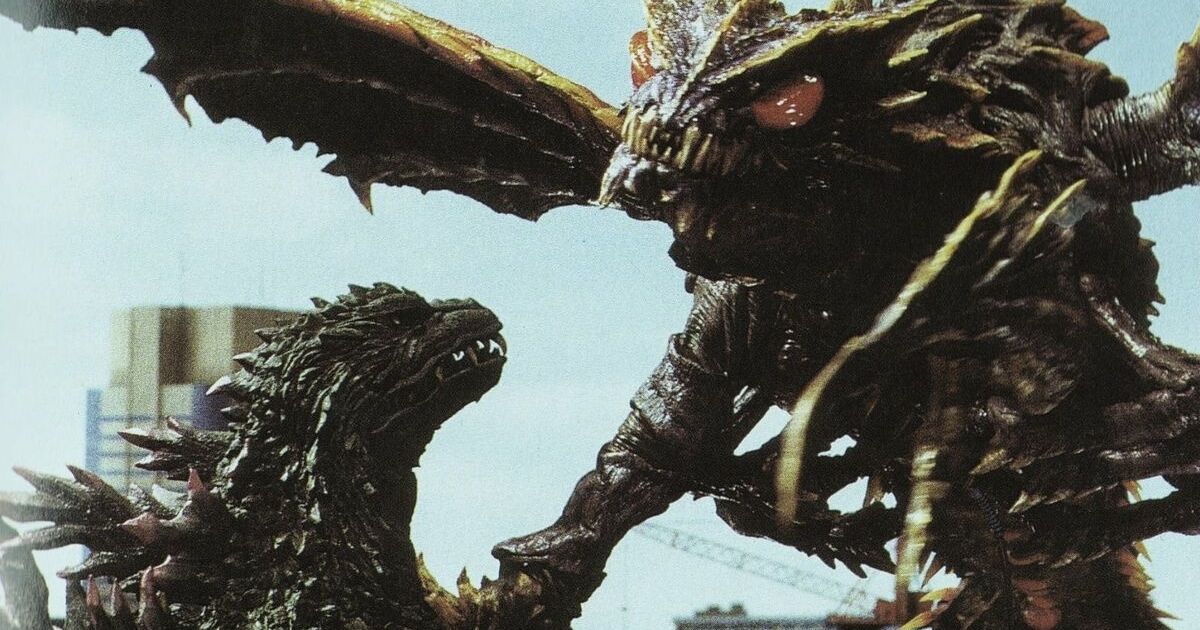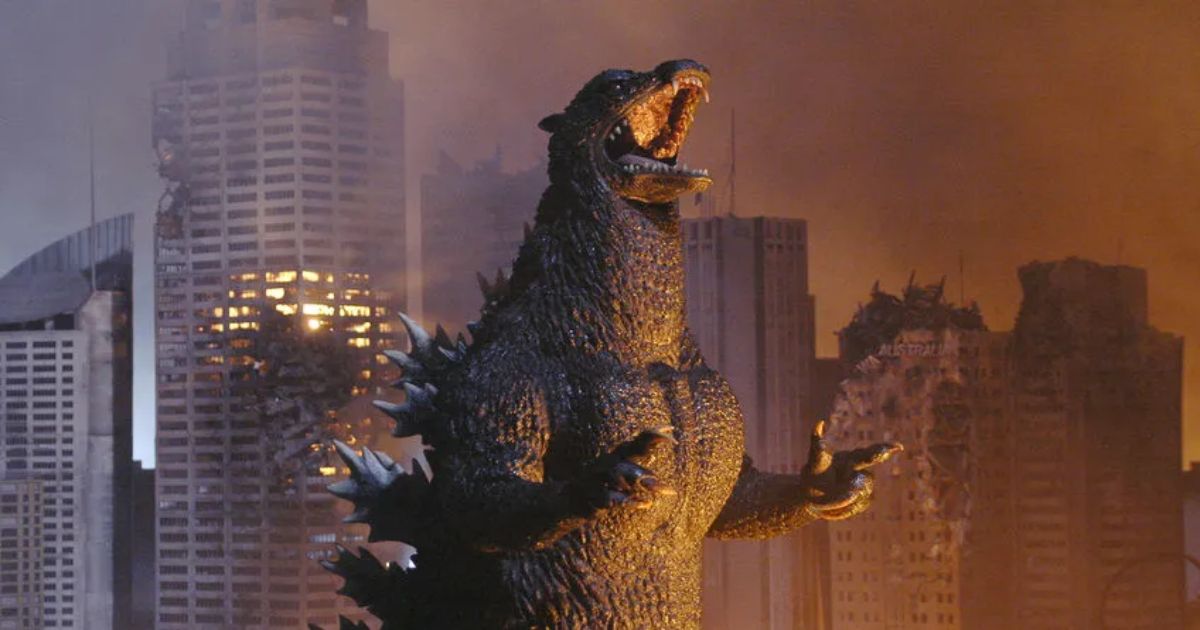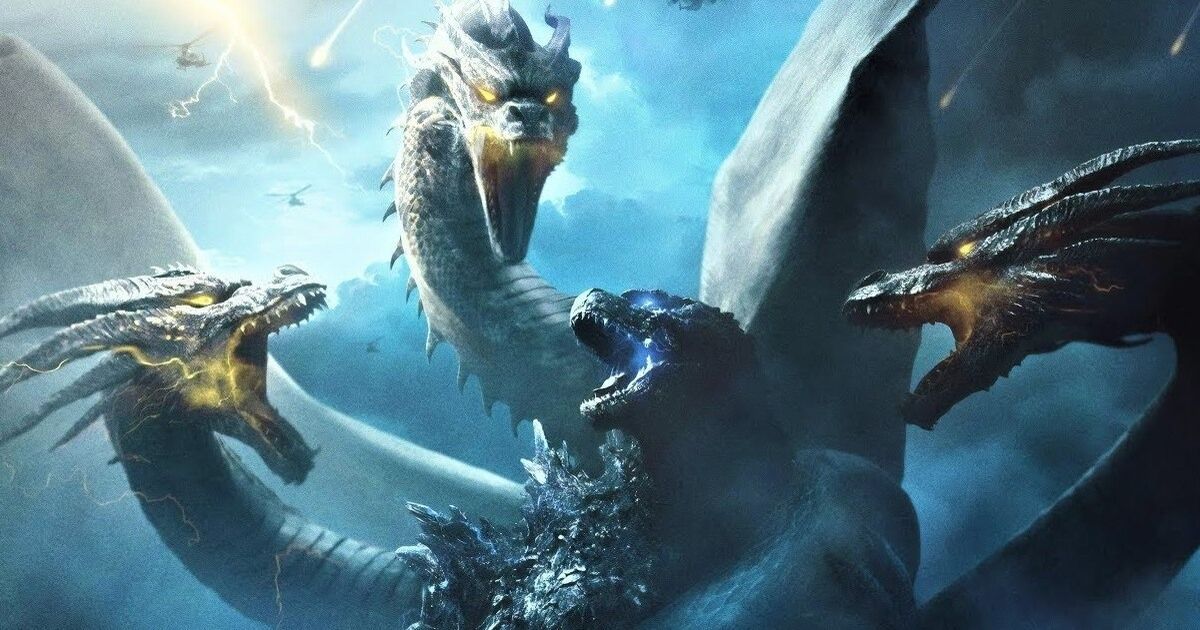Everyone has their preferences when it comes to movie genres. Amid such massive successes with superhero movies and the ongoing revival of legacy franchises, one genre always manages to bounce back: The Kaiju film. With many monsters having a long cinematic history, names like Gamera, Ultraman, and Godzilla have amassed millions of fans worldwide as they are still recognized in popular culture today.
Godzilla originated in the film Gojira, which came out in 1952. Ishirō Honda directed the first ever Japanese Kaiju film. In this movie, a giant creature is born in the wake of the nuclear fallout of Japan. It was a story that revolutionized the world of cinema by mixing social commentary and fiction with tons of nuance, thus defining a genre for cinema's past, present, and future. The film was released in America as Godzilla, King of Monsters! After so many years, the name Godzilla has never strayed from being in the spotlight.
Update September 27, 2023: Following the release of the trailer for Monarch: Legacy of Monsters and the recent film from 2014's Godzilla director Gareth Edwards, The Creator, this article has been updated with even more reasons why Godzilla has endured for so long.
This franchise contributed to filmmaking by allowing directors, VFX artists, and actors to tell fantastic stories using low budgets and high-impact visuals. The first run of Godzilla film is known as the Showa era, set between 1954 and 1975, with 15 films produced, mainly aimed at children. After that era ended, three more eras have come and gone, with Godzilla seemingly being unable to age and more fans than ever demanding content.
Kaiju: A Timeless Genre
Kaiju films are not exactly the most pressing genre in the movie-making industry; most of the basic plot for these movies revolves around a couple of monsters getting together to duke it out until one emerges victorious. That premise is timeless, as it can take place in any period filmmakers want to set it in. It's understandable why most directors and film studios would choose a current setting, as it doesn't make much sense to have giant monsters fighting in the prehistoric era when that kind of event was commonplace. A giant monster terrorizing a town or a city will always be more compelling to watch.
Godzilla finds himself in a unique position, as the character is often used to reflect the world he's living in. The first two movies of the Showa era are an exploration of the drawbacks of nuclear warfare faced by Japan. At the same time, the rest of the films in the same period reflect the silliness and optimism sought after in a country desperately seeking to heal its wounds.
Then came the Heisei era, with Godzilla being overgrown by its original audience. The King of the Monsters was reborn with six new films between 1984 and 1995. Fans couldn't help but notice the now revered monster had evolved with times, with serious stories and a ranging monster that was neither friend nor foe facing new incarnations of its most powerful enemies.
The Evolving Nature of a Classic Movie Icon
Godzilla has the same appeal as Batman, Superman, or Spider-Man: he can go away and return with a new image, but he essentially stays the same all the time. He is a timeless character that can be rebooted and reimagined for new generations, building on past legacy while also embracing the future.
Godzilla went away in the 1990s to return to the new millennium with the aptly named Millennium era, which lasted between 2000 and 2004. Six films in succession, this time all of them telling an ongoing narrative with a grand finale that saw the giant monster face off against 14 Kaiju in a single film. Godzilla would lay dormant for ten years only to return one more time.
In the meantime, Godzilla tried to make the leap to American audiences with the 1998 film directed by Roland Emmerich. The film was a massive disappointment to fans and critics and put to bed for a while any long-term plans for an American Godzilla. Yet even without a major film, Godzilla still was an icon that American audiences knew and embraced. Godzilla was a movie icon that transcended borders and found an audience with young kids who grew up to be adults who held a special affinity for the franchise.
Godzilla and the Story of Ongoing Worldwide Success
While Japan would kick start the Reiwa era in 2016. Godzilla also made his grand return to the big screen in 2014 with another American remake. Godzilla opened in theaters on May 16, 2014, as the first chapter of Warner Bros. Monsterverse. The film was a smashing success that exposed the classic monster to a whole new audience by offering precisely what it always has: giant monsters fighting each other to the death.
The franchise expanded with one more Godzilla entry, fighting classic foes such as King Ghidorah and Rodan, with Mothra assisting the giant lizard. In between the two films was Kong: Skull Island, which introduced a new King Kong and helped set the stage for another showdown between Godzilla and King Kong years after their first match-up in 1962.
Godzilla finally got to fight King Kong in a modern feature film with all the light and spectacle that deserved such an event. Godzilla vs. Kong was a hit, equally impressive given that it was released during the COVID-19 pandemic, still had many theaters shut down, and was released on HBO Max and theaters simultaneously. It also performed better than Godzilla: King of the Monsters, giving the franchise a much-needed boost of new life after it seemed Warner Bros. was going to abandon it. A new sequel is in the works, Godzilla x Kong: The New Empire.
The MonsterVerse will expand with the highly anticipated AppleTV+ series Monarch: Legacy of Monsters. The series will be set between 2014's Godzilla and 2019's Godzilla: King of the Monsters. A big-budget Godzilla television show is something nobody would have dreamed of years ago, but it is now a reality.
Hideaki Anno wrote and directed Shin Godzilla as the first chapter of the Reiwa era. The film is a remake of the original movie set in the modern world and uses the background of the Fukushima nuclear disaster as the monster's origin. The film received glowing reviews from fans and critics due to its tackling of political struggles and bureaucratic red tape that was getting in the way of the massive monster disaster. It won Picture of the Year and Director of the Year at the Japan Academy Film Prize, the equivalent of the Academy Awards. Godzilla Minus One is the next film set for release in Japan and is set for release on November 3, 2023.
Godzilla can stand the test of time because he always has something to offer regardless of time or age. Godzilla has multiple versions to love and cherish while always doing something new to keep himself present in the pop culture zeitgeist, and we wouldn't have it any other way. He has been a symbol of the horrors of the Atomic bomb, a protector of humanity, a devastating force of nature, and everything in between. Godzilla, both the franchise and the character, will always return.
If you want to learn some fun facts about Godzilla, check out our video below:




